No products in the cart.
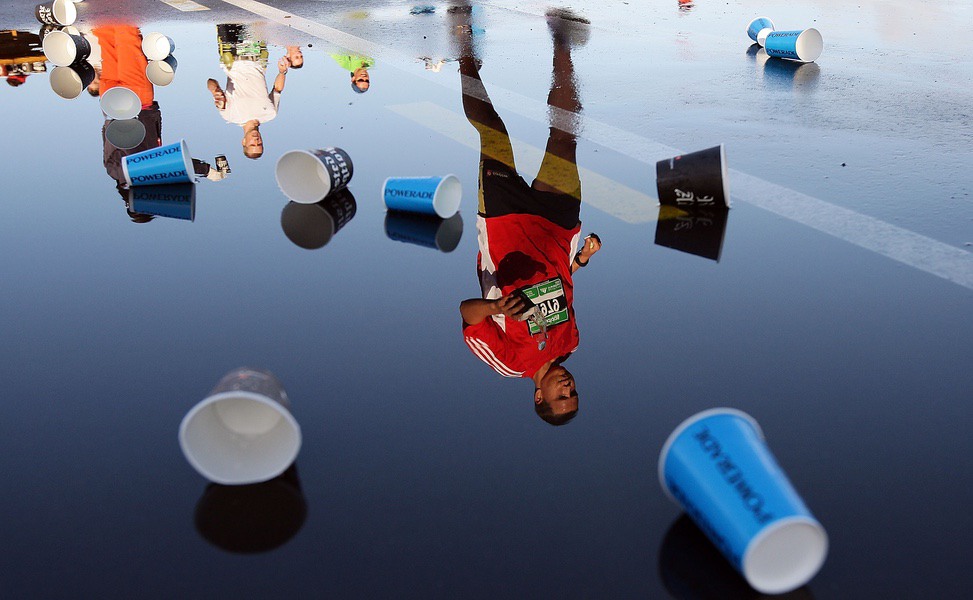
As a youngster, Hannah Peters spent a lot of time in the darkroom at her local college as well as playing hockey and tennis — yet she didn’t think that marrying those passions could make a sensible career choice. “I wanted to do sports physio down in Dunedin,” she says, “because I love sport and wanted to be involved with teams somehow. But one Christmas my uncle told me about Andrew Cornaga [from photo agency Photosport] and said I should go check him out. Until then, I didn’t think sports photography was a thing! I thought photography was all either studio work or weddings, which I didn’t really want to do.” Andrew, it seems, asked the young Hannah to go out, shoot, and bring back the results. “I found some running races or something around the waterfront and shot it.” When asked if it was genius at first go, Hannah replies, “No, it was really bad stuff. It wasn’t good at all!” Yet, when Hannah had had some practice, “They offered me a job. I learned on the job by being dropped in the deep end: looking through heaps of transparencies, editing other people’s work, which was probably the best way to learn — just getting out and doing it as well as making heaps of mistakes.” What ensued is a career that has seen Hannah travel the world following some of New Zealand’s most iconic sportspeople and sports teams as well as a smattering of heavy-hitting international ones — the All Blacks one week, Serena Williams the next. So, how does she do it?

Hannah gets asked quite often whether she needs someone to carry her bags, especially to the sidelines of major rugby games. Although a life of regular, all-access passes to sporting events does sound like a fan’s dream gig, “There is a lot more going on when you are there photographing,” says Hannah. “You have to be able to turn on and off from the game. “It’s hard to find new talent in this country in terms of sports photography,” she explains, “especially because people don’t want to stick at it for very long. There’s the need for a lot of patience and perseverance because it is not something you can nail the first time around.” Being a fan and being a fan of sports photography are two very distinct things, she says. Yes, it does help to love sport, but it is not enough on its own.
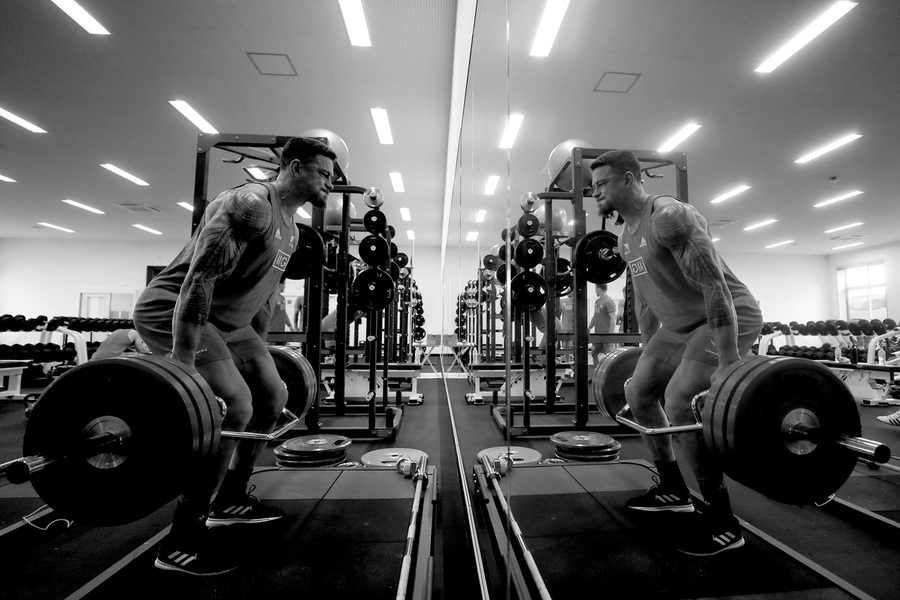
Hannah’s level of preparation goes well beyond just keeping up with the facts of whatever sport she happens to be photographing; she also follows, quite closely, what each player has been doing during practices. This allows her to be better prepared to try and predict where on the field a player might be, at any given point, so that she is more likely to get the hero shot. “A big part of my job is to know what’s going on in the news,” she explains. “Take rugby, for example: I have to keep up with the news angle as well as the who’s in and who’s out in terms of the players. At the Rugby World Cup I stayed with the All Blacks. So … for two months you get to know what those players do for warm-ups, what they’re going to do [on the field], you know the little things that help you get a better shot. Like maybe you’ll learn something about their personality that no one really knows.” Hannah talks about each athlete’s personal story and how the athlete’s off-the-field experiences are hugely important in obtaining images that go well beyond just the physicality of the game but portray the narratives and struggles that each of them undergoes to be at that level of performance. Has that much access and constant observation made her great at predicting the outcome of games? “Ha!,” she says, with a touch of ‘I wish’ in her tone. “I was at a Hurricanes vs Moana Pasifika game the other night. It went to golden point, and I wasn’t predicting that at all!”
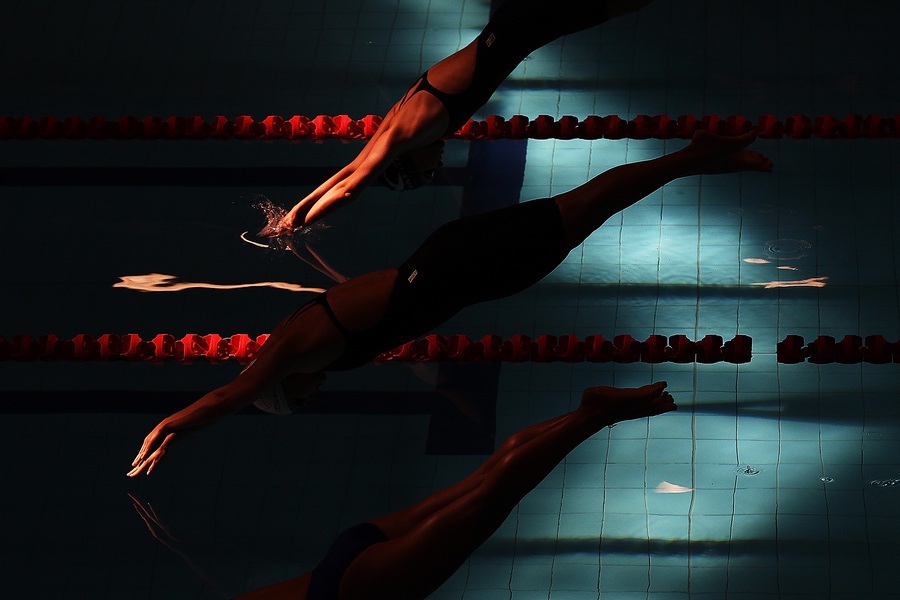
As a freelancer who covers multisport events, Hannah is often asked to photograph competitions she has little knowledge of.
“I’m going to the Commonwealth Games in Birmingham in July and August,” she says, “and I think I will be shooting gymnastics. I don’t shoot that sport a lot,” she confesses.
Her technique involves: “Doing my homework before I get there, getting there a few days before to suss out the venue, looking at positions, talking to other photographers about the sport.”
Looking at the images of people who specialise in that particular sport helps, as does working the venue and talking to experts about what to look out for and how to be in the right place at the right time.
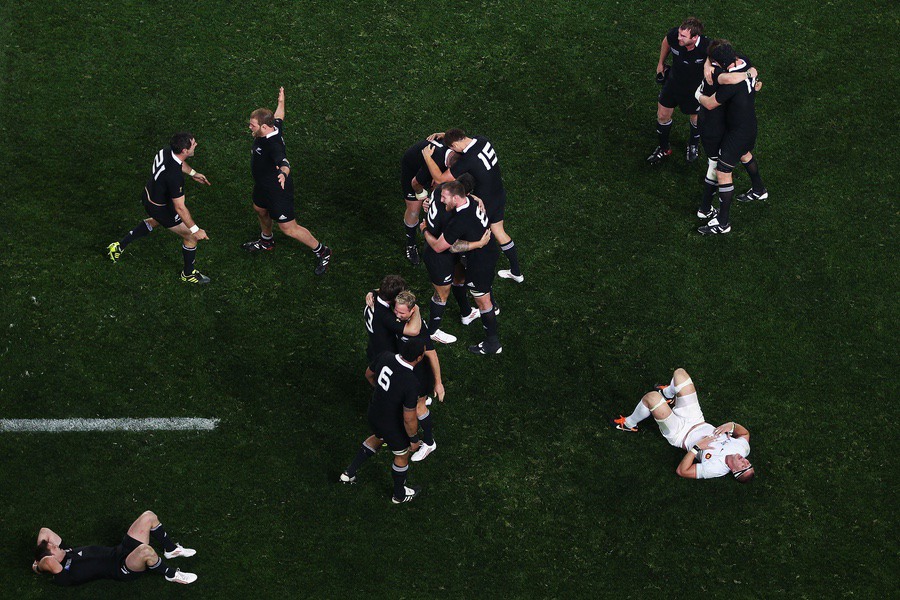
Hannah says there is a lot to think about when shooting sports: “Where to position yourself, what angle to shoot, what moves am I looking for, what players are probably going to stand out, should I go on the right wing or the left wing, as well as always looking at my backgrounds to make sure they’re as clean as possible. There are a lot of things, but I guess I just subconsciously do it now.” Nonetheless, a photographer can’t be at all places all the time, and missing trials, goals, the accidents, and hero shots are part and parcel of any shoot. “There’s no way you can predict everything, so you have to learn to let it go. It’s hard but if you miss something, you have to move on.”
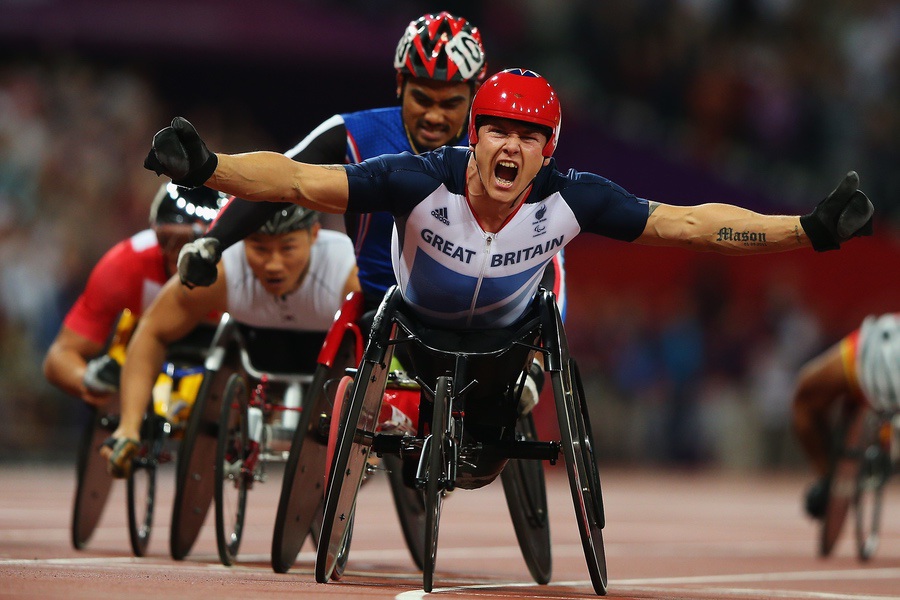
Hannah thinks a little like a chess player and knows that, if she has missed a crucial moment in the game, she needs to recover quickly and try to anticipate the next ones. She quotes the same Hurricanes vs Moana Pasifika game and says that she was on the other side of the field when a golden point gave the Pacific island team the unexpected win over the Hurricanes. She was much too far away to capture the moment but “I quickly thought, ‘OK, what are they going to do next? What can I do to be prepared?’ I sprinted back to my bag, got a wide angle, ran back, and then just followed them all around. I already know that they always go into a huddle and do prayers and songs, so I had to work out where to be for that and work it out quite fast.” If you miss the goal, then be prepared and know how the celebration is likely to unfold. Knowing how the team, particular players, or even fans in the stands react to significant moments can turn a missed opportunity into a golden shot.
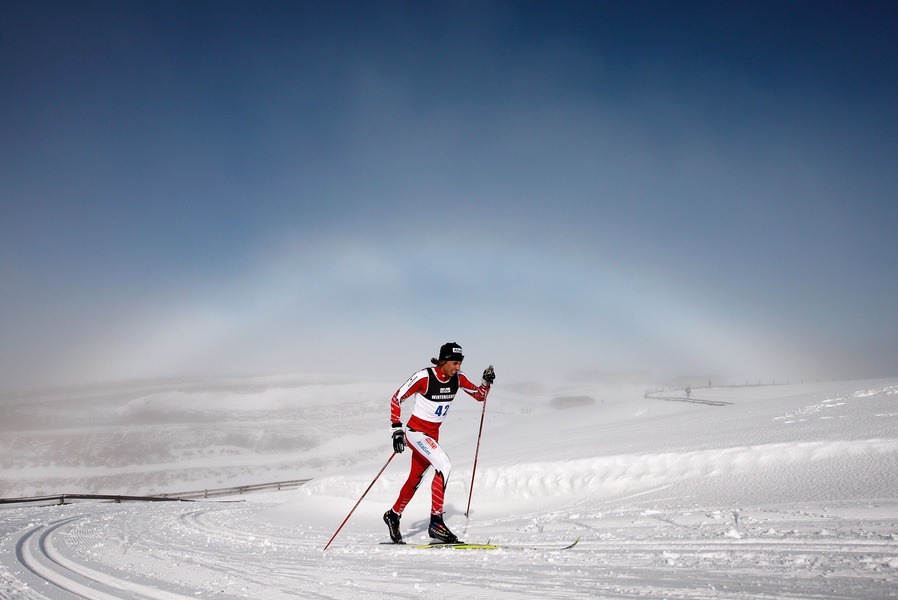
For Hannah, winter sports are some of the most difficult to shoot “purely because of the elements. Climbing mountains, standing on the side of a halfpipe all day — your legs are freezing and you can’t feel your toes.”
The faster sports, such as netball, can leave the photographer stunned at the concentration needed to capture the right moments in the game.
There is also another type of speed Hannah has found challenging, and that is the need for expediency in the sports photography business, which has been compounded by social media, websites, and consumer-driven demand for immediate news.
“Everything is so rushed now,” she says, pointing out the perennial juggling acts she encounters of having to photograph the right moves, at the right time, while at the same time delivering images at high speed to photo editors who can fire them out in record time to digital clients and consumers around the globe.
Sure, technology has made this easier in that her selected images get almost automatically sent out to an editor in Australia, but the sideline hustle has made her a speed-seeking athlete of sorts.
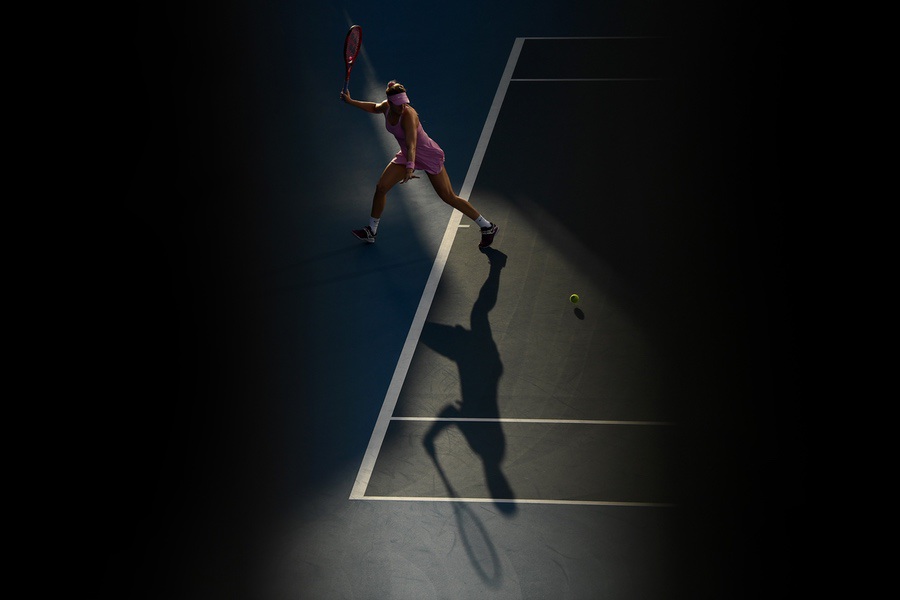
“The gear is pretty heavy,” says Hannah, “and I’m running up and down sidelines for 80 minutes carrying all that” — so, needless to say, being in shape is imperative. Back and neck problems are relatively common among sports photographers, and Hannah recommends constant maintenance, regular gym sessions, osteopathy, and physiotherapy. “It’s taxing on the body, for sure, but [with the right care] your body gets used to it.” With it being a creative undertaking, she insists that off-time is very important. “When I have time to myself, I actually just want to sit and have a coffee and relax. Then I can sort of rebuild myself up to create something, to become creative again. I think you can get worn out quite fast so it’s important to take some time to yourself now and again and feel energised to go and tackle the next one.”
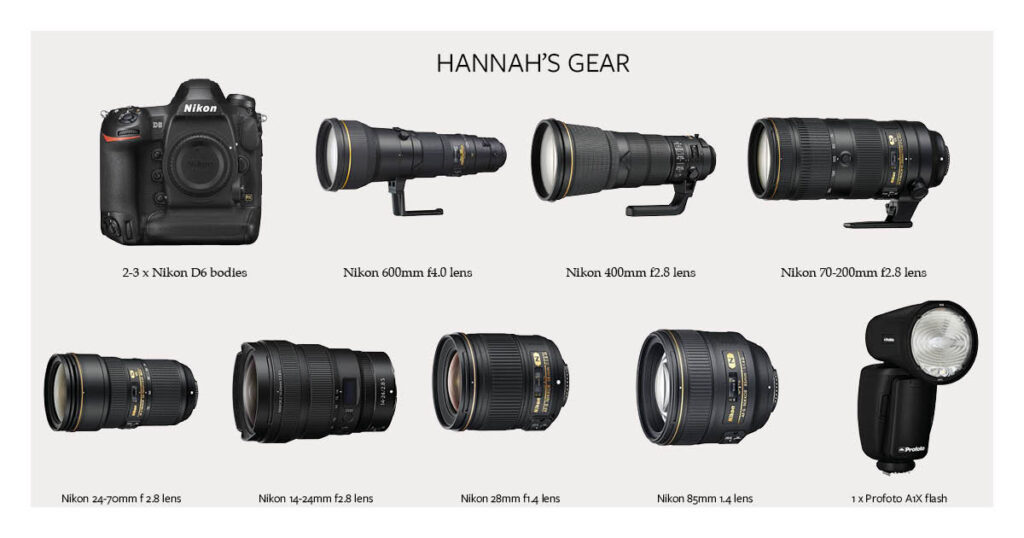
Visit hannahpetersphotographer.com for more of Hannah’s work.
Copyright © 2025 Federico Monsalve Limited. All rights reserved.